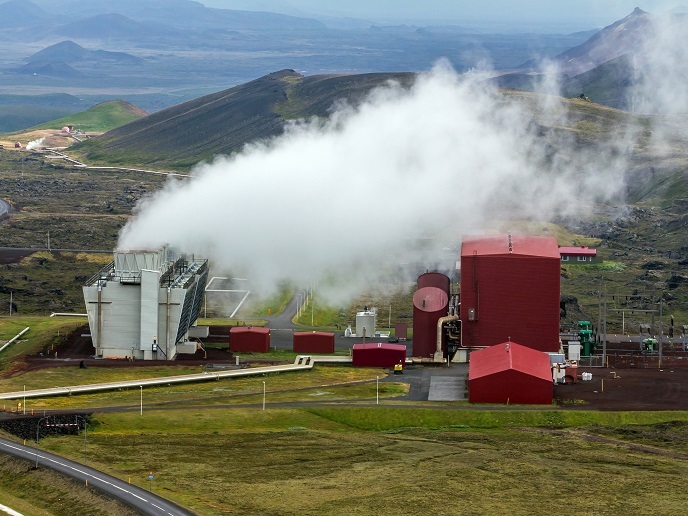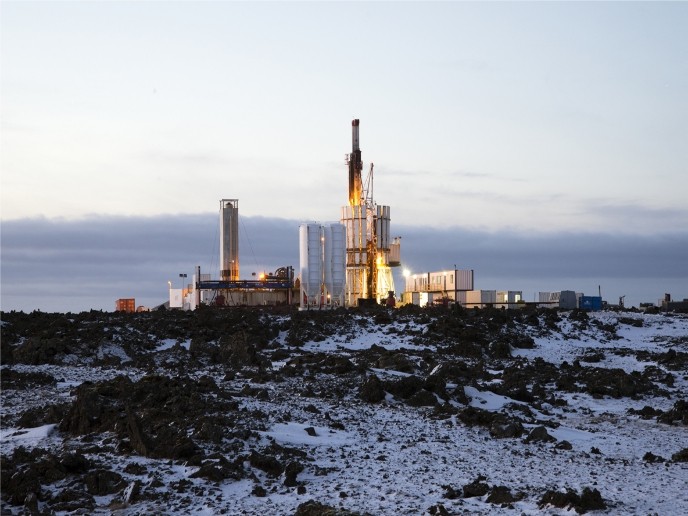Solar-powered nanotechnology for safer drinking water
Even in low concentrations, bacterial toxins, pesticides and other chemicals in water can cause serious health and environmental problems. Conventional treatment methods like chlorination, filtration and activated carbon adsorption are just not able to eliminate all toxic contaminants. But researchers taking a new approach to treatment options were able to develop a viable and efficient alternative technology as part of the EU-funded 'Water detoxification using innovative vi-nanocatalysts' (CLEAN WATER) initiative. They incorporated solar energy into a system that uses nano-engineered titania catalysts and membranes. Because of their response to solar and visible light, both catalyst and membrane are said to be photocatalytically active. The researchers managed to develop a sustainable water purification device by integrating their ultrafiltration membrane technology into a reactor. They also up-scaled the materials and processes in a pilot study to determine costs and efficiencies on a larger scale. The project vision was to render the reactor functional in lakes, tanks and continuous flow systems for public water distribution. The performance of these highly reactive photocatalysts exceeds that of commercially available titania catalysts. Two patents, 48 journal articles and 152 conference presentations are a testament to the scientific innovation that stemmed from this project. Potential end users have already expressed interest in the new technology, which could also be applied to air purification, hydrogen production and solar cells.







